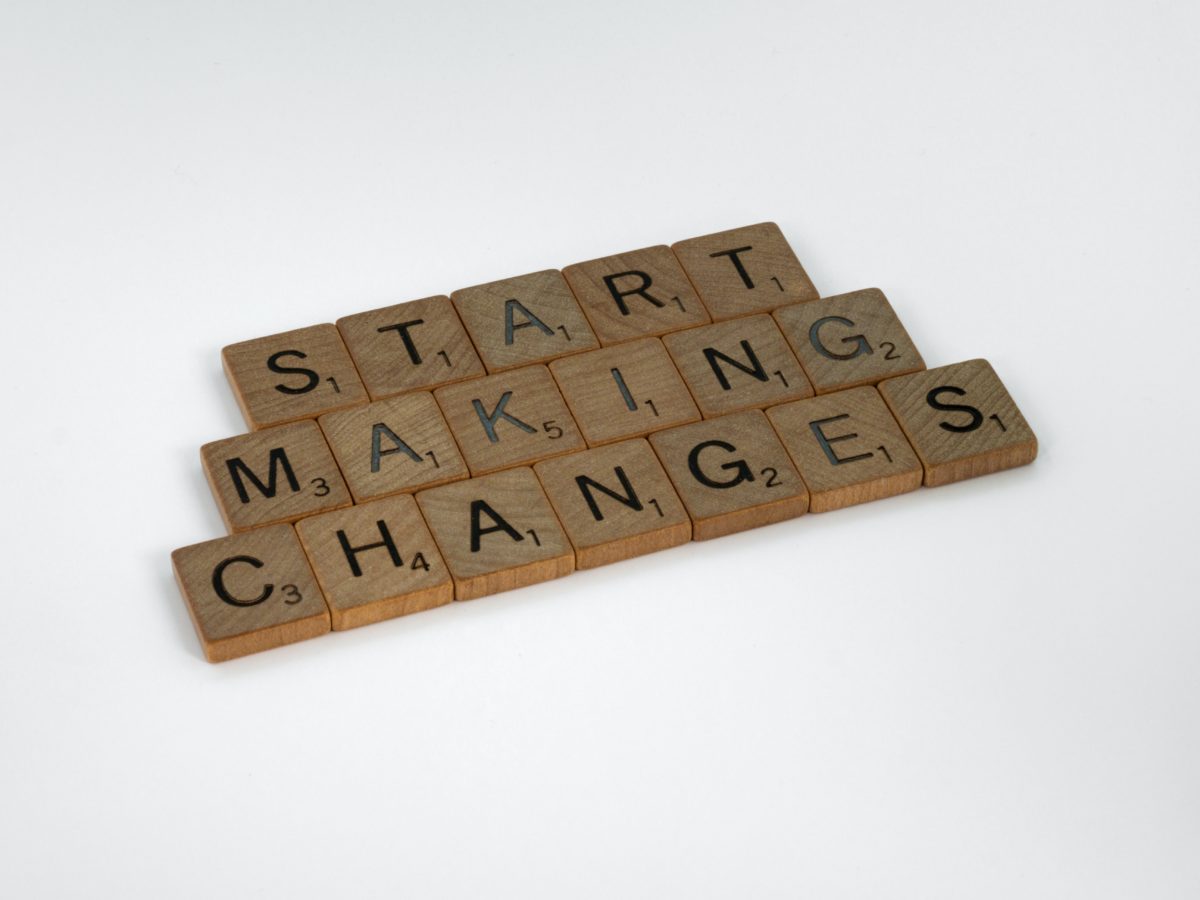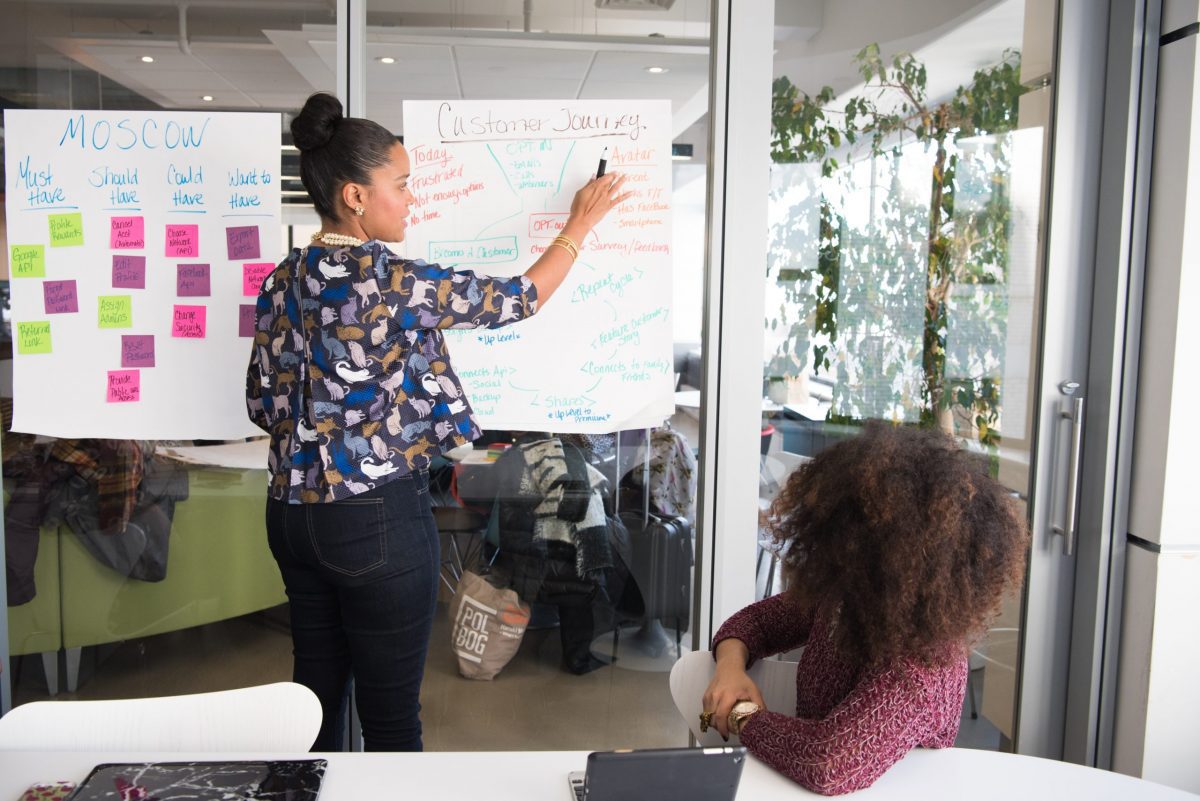Last time we talked about the magic of leading tough meetings, right? This time, let’s get our hands dirty with what really sets the stage for those breakthrough moments . If the first article was our map to the territory, consider this your compass—guiding you through the nuanced art of connection before diving into the context and content that define the journey of any high-stakes meeting.
In the realm of facilitating meetings that matter—the kind that shape futures and forge new paths—there lies a golden rule: Connection before Context, and Context before Content. It’s a principle that, in my 26 years of coaching, has proven to be the linchpin of success in meetings where stakes are as high as the mountains to climb.
The Golden Rule Unveiled
At the heart of every transformative meeting is the initial, often understated act of connection. Before I delve into the meat of the matter, we engage in a ritual: the Check-in. This is where each participant, in a moment less than a minute, shares a slice of their current state, their expectations, and their intentions for the gathering. It’s a seemingly minor act, yet it lays the groundwork for a shared understanding and a unified front. In meetings poised to reshape mindsets or redefine strategies, I take this a step further. I prompt participants to reflect on a personal level: “For me, this meeting will be a success if…?” The responses, as varied as they are insightful, allow us to not only align our goals but also to tailor the journey that our meeting will take. And as we wrap up, these very insights become the benchmark by which we measure our success at the check-out, providing a bookend to our narrative.
Embracing Mindfulness for Focus
In my toolkit lies an often-overlooked instrument that I’ve come to regard as my secret to unlocking true presence: mindfulness exercises. Whether it’s through a brief session of cardiac coherence breathing or a guided meditation, the power of shared silence is profound. Participants emerge not only relaxed and at peace but also more present and engaged. It’s in this unified state of focus that the true work can begin—where each voice finds its place, and the collective wisdom of the room is harnessed.
Crafting Ground Rules: Ownership and Accountability
Moving beyond the connection, we establish ground rules that go beyond the mere mechanics of meeting etiquette. These are the principles that anchor us to the Conscious Business mindsets—a shared agreement on how we will navigate the waters ahead. I introduce tools such as the Bulldog Meter, allowing each person to state their preference for the level of challenge they’re willing to embrace, fostering an environment where constructive confrontations and genuine dialogues are not just expected but encouraged.
Debating with Intention
As debates unfold, I encourage participants to:
- Clarify: Define key terms to ensure a shared language and understanding.
- Diverge: Embrace a variety of perspectives before converging on a decision.
- Commit: Ensure every decision made is one that all can support, having given everyone the floor to voice their views and concerns.
Conclusion
The dance of a difficult meeting is intricate, where each step counts, and the rhythm is set by the collective pulse of those present. As we lay down the ground rules and establish our connection, we create a space ripe for transformation. But the journey doesn’t end here. In our next piece, we’ll dive into the pulsing heart of these meetings—the dynamics that bring our carefully laid plans to life, where the alchemy of facilitation conjures outcomes that often surpass our wildest expectations.
Stay tuned as we continue to explore the nuances of facilitating meetings that are not just necessary but truly essential. The path is laid out; the compass is in your hands. Are you ready to lead the way?















 It is about PROACTIVELY CREATING change in uncertain and disruptive environments. Different from resilience, it is about REACTIVELY RESPONDING to change in a constructive way.
It is about PROACTIVELY CREATING change in uncertain and disruptive environments. Different from resilience, it is about REACTIVELY RESPONDING to change in a constructive way.




